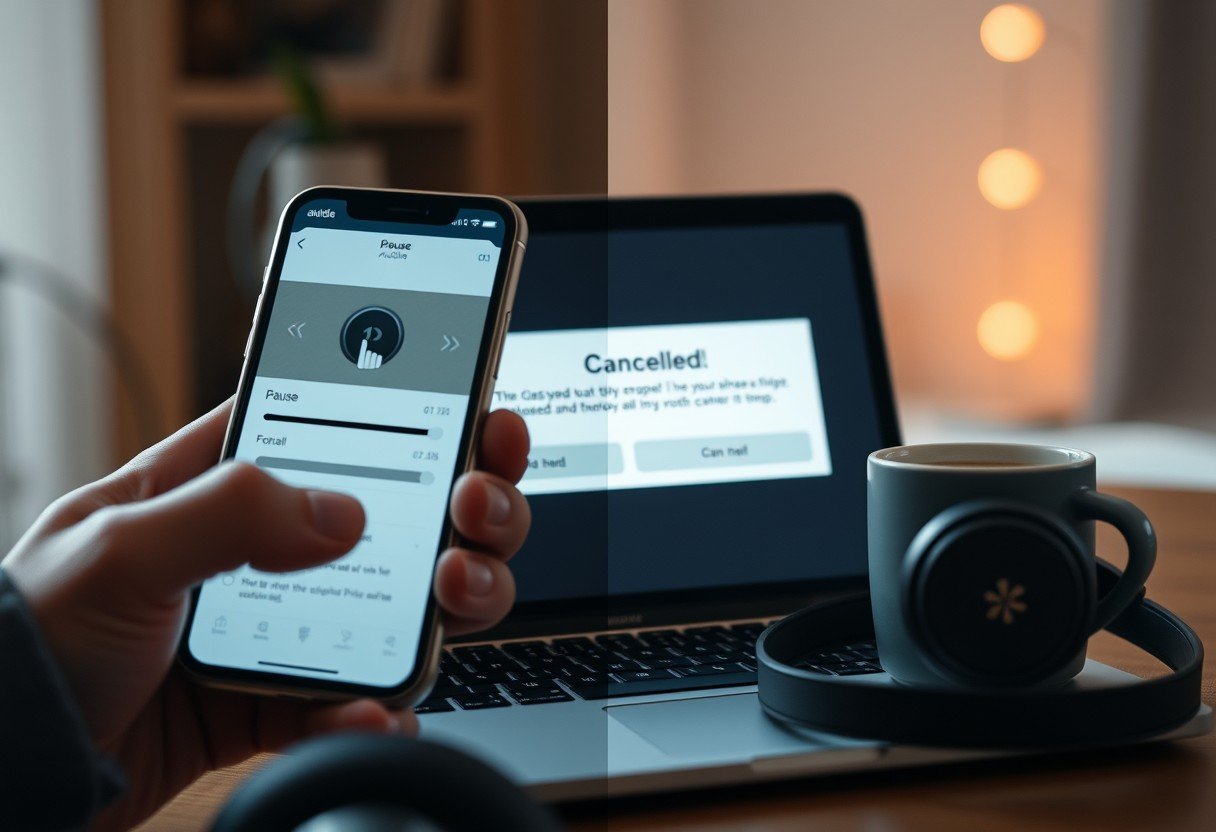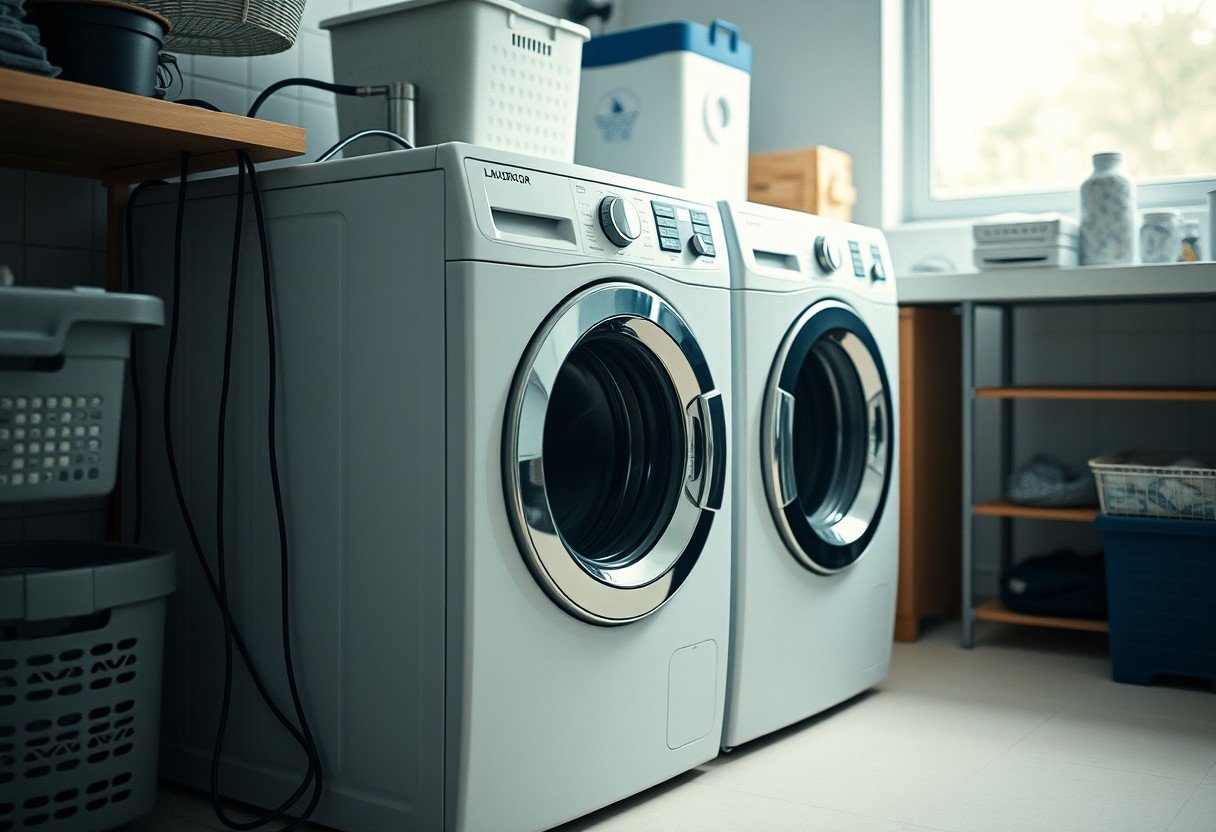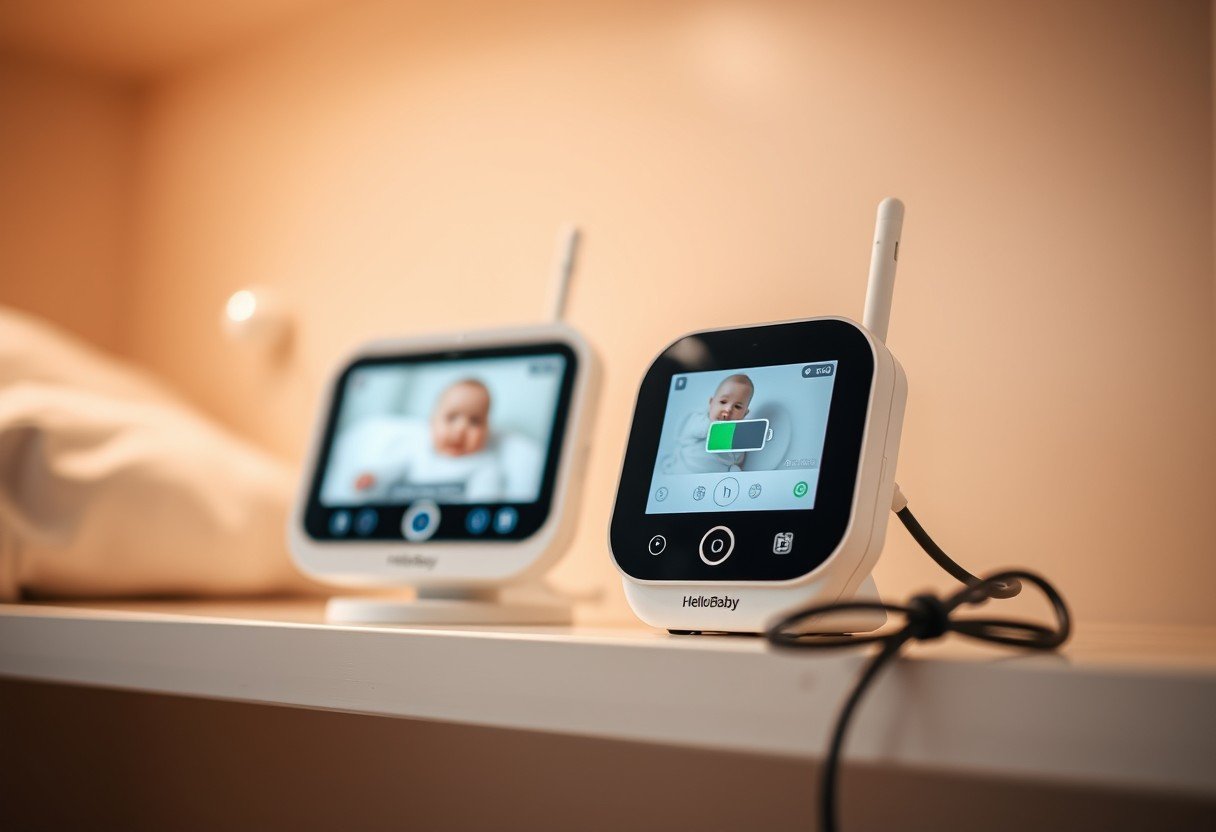While extension cords are a common household tool for powering devices far from an outlet, grabbing the cheapest option might not be the safest choice. Low-cost cords can save you money upfront, but they often lack critical safety features, posing risks of overheating, electrical shock, and even fire. Understanding what makes a quality cord is essential for protecting your home, your electronics, and your family from potential hazards.
Why a Cheaper Cord Could Cost You More
It might seem smart to save a few dollars on an extension cord, but that initial saving can quickly disappear. Low-cost cords often cut corners on material quality and safety testing, which can lead to expensive or dangerous consequences down the line. The price of an extension cord is typically influenced by its length, wire thickness (gauge), material quality, and safety certifications.
A cheap cord might use thin copper wire that can’t handle the power draw of your appliance, causing it to overheat. The plastic insulation might also be flimsy and prone to cracking or fraying, exposing live wires. Investing in a quality cord from a reputable brand is an investment in safety and peace of mind. The potential cost of a house fire or damaged electronics far outweighs the small amount saved on a budget cord.
Ultimately, prioritizing safety over cost is crucial. A well-made cord is designed to handle specific electrical loads and withstand regular use, whereas a cheap alternative might fail when you need it most, putting you at risk.
Understanding the Different Types of Extension Cords
Not all extension cords are the same. They are designed for different environments and power demands. Using the wrong type of cord for the job is a common mistake that can lead to hazardous situations. For example, using an indoor-rated cord outside can cause the insulation to degrade quickly from sun and moisture exposure.
The most important factors to consider are the cord’s type, length, and gauge. The gauge indicates the thickness of the wire inside; a lower gauge number means a thicker wire that can carry more electrical current safely.
To help you choose the right one, here is a breakdown of common extension cord types and their uses:
| Type of Cord | Common Usage |
| General-Purpose | Indoor use for lamps, clocks, and small electronics. |
| Heavy-Duty | High-power appliances like space heaters, refrigerators, and power tools. |
| Outdoor | Made with durable, weather-resistant insulation for outdoor equipment. |
Always match the cord to your specific needs. Check the packaging for information on its intended use and power rating to ensure it can safely handle your device.
The Hidden Dangers of Low-Quality Cords
The risks associated with cheap extension cords are serious and often invisible until it’s too late. Poor construction is a primary concern, leading to everything from damaged appliances to life-threatening electrical fires. These cords often fail to meet the safety standards set by organizations like Underwriters Laboratories (UL).
One of the biggest risks is overheating. When an extension cord is overloaded with a device that draws too much power, or if the cord’s wires are too thin, it can get dangerously hot. This heat can melt the cord’s insulation and ignite nearby materials like carpets or curtains.
Additionally, many budget cords lack essential safety features. These can include:
- No Grounding Pin: The third prong (grounding pin) is a critical safety feature that protects against electrical shock. Many cheap cords only have two prongs.
- Poor Insulation: Flimsy insulation can easily fray or crack, exposing dangerous live wires.
- Loose Connectors: Poorly made plugs and outlets can create a loose connection, leading to sparks and a potential fire hazard.
These deficiencies turn a simple convenience into a significant liability in your home.
How to Spot a Safe and High-Quality Extension Cord
Thankfully, identifying a safe extension cord is straightforward if you know what to look for. A few key indicators can help you distinguish a reliable product from a hazardous one. The most important thing to check for is a certification mark from a recognized safety organization.
Look for a UL, ETL, or CSA mark on the packaging or the cord itself. This mark means the cord has been independently tested and meets strict safety standards for construction and performance. Never purchase an extension cord that does not have one of these certifications.
Beyond certification, check the gauge and wattage rating. The packaging should clearly state the cord’s gauge (e.g., 16, 14, or 12-gauge) and its maximum wattage capacity. Make sure this rating exceeds the power requirements of the device you plan to plug into it. A lower gauge number indicates a thicker cord capable of handling more power.
Best Practices for Using Any Extension Cord
Even a high-quality extension cord can be dangerous if used improperly. Following basic safety rules is essential to prevent accidents and ensure your electrical setup is secure. Proper usage and regular inspection are your best defenses against potential hazards.
Never use an extension cord as a permanent wiring solution. They are designed for temporary use only. If you need a permanent outlet, hire a qualified electrician to install one.
Here are some essential dos and don’ts for safe extension cord use:
- Do unplug cords when they are not in use.
- Don’t run cords under rugs, carpets, or through doorways where they can be damaged or overheat.
- Do ensure the cord is rated for the environment (indoor or outdoor).
- Don’t connect multiple extension cords together, often called “daisy-chaining,” as this can cause overloading.
- Do inspect your cords regularly for any signs of damage, such as cracks or fraying.
By following these simple guidelines, you can significantly reduce the risk of electrical fires and other accidents in your home.
When You Should Replace Your Extension Cord
Extension cords don’t last forever. Over time, wear and tear can degrade their safety and performance. Knowing when to retire an old cord is just as important as choosing a good one in the first place.
If you notice any signs of damage, you should stop using the cord immediately and replace it. This includes any cracks in the outer insulation, exposed wires, or bent or loose plug prongs. A cord that feels hot to the touch during use is a clear sign that it is overloaded or failing and needs to be replaced.
Discoloration on the plug or outlet end is another major red flag, as it often indicates overheating or small electrical arcs have occurred. Don’t take chances with a damaged cord. The cost of a new, safe extension cord is minimal compared to the potential for a dangerous accident.
Frequently Asked Questions about Extension Cord Safety
What is the most important safety feature to look for on an extension cord?
The most crucial feature is a certification mark from a safety organization like UL (Underwriters Laboratories), ETL, or CSA. This proves the cord has passed rigorous testing for safety and is not a counterfeit or poorly made product.
Can I use an indoor extension cord outside for just a little while?
No, you should never use an indoor cord outdoors, even for a short time. Indoor cords are not built with weather-resistant insulation, and exposure to moisture or sunlight can quickly damage them, creating a serious shock or fire hazard.
How do I know what gauge extension cord I need for my appliance?
Check the appliance’s user manual or label for its wattage or amperage rating. Then, choose an extension cord with a gauge and length combination rated to handle that power load. For high-power devices like heaters or saws, a 12-gauge heavy-duty cord is often recommended.
Is it safe to plug a power strip into an extension cord?
You should avoid plugging a power strip into an extension cord. Doing so can overload the extension cord, especially if you plug multiple devices into the power strip, which increases the risk of overheating and fire.









Leave a Comment